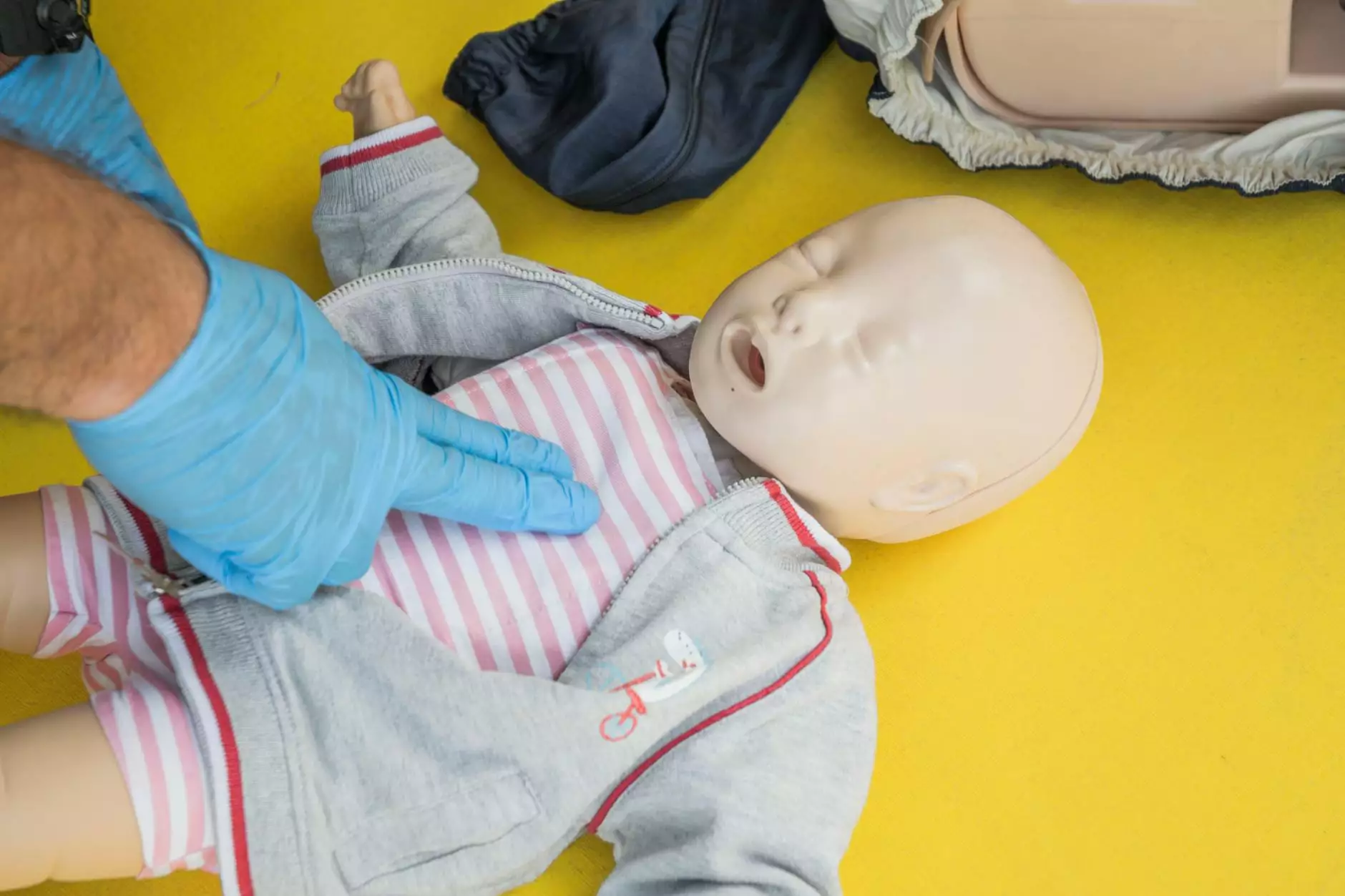What Causes Blood Clots in Your Leg?

Blood clots in the leg, medically known as deep vein thrombosis (DVT), can pose serious health risks. Understanding the triggers and risk factors associated with this condition is essential for both prevention and successful treatment. In this article, we will explore in detail the various causes, symptoms, and preventive measures related to blood clots in your leg.
Understanding Blood Clots
A blood clot is a mass of blood that has changed from a liquid to a gel-like or solid state. While blood clots are a natural part of the body’s healing process, they can also indicate underlying health problems when they form inappropriately. One of the most common sites for these clots to form is in the legs.
Types of Blood Clots
Blood clots can occur in various forms, primarily categorized as:
- Venous Clots: Usually occur in the deep veins of the legs (DVT) or the lungs (pulmonary embolism).
- Arterial Clots: Occur in arteries and can lead to heart attacks or strokes.
What Causes Blood Clots in Your Leg?
The formation of blood clots in your leg can be attributed to multiple factors, which can be broadly categorized as environmental, physiological, and lifestyle-related. Here are some of the key causes:
1. Immobility
Prolonged periods of immobility are among the leading causes of DVT. Situations that may lead to this include:
- Extended travel by plane or car where leg movement is limited.
- Being bedridden due to surgery, illness, or injury.
- Long periods of sitting, such as during work or study sessions.
2. Injury to the Veins
Injuries to the veins—whether from an accident, surgery, or medical procedures—can also increase the risk of clotting. When the interior lining of the veins gets damaged, it triggers the body’s clotting mechanism, leading to potential formation of a clot.
3. Medical Conditions
Certain health conditions can predispose an individual to clot formation. Some notable ones include:
- Varicose Veins: Enlarged veins can disrupt blood flow and lead to clotting.
- Heart Disease: Conditions affecting heart function can influence circulation and clot risk.
- Cancer: Some cancers increase the production of clotting factors, elevating the risk.
- Autoimmune Disorders: Conditions like lupus can increase clotting tendencies.
4. Hormonal Factors
Hormonal fluctuations can significantly affect clotting. Factors to consider include:
- Pregnancy: The body undergoes several changes that increase clot risk.
- Hormone Replacement Therapy: Estrogen therapies can affect coagulation factors.
- Oral Contraceptives: Birth control pills can elevate the risk of clot formation.
5. Genetics
Some individuals are genetically predisposed to clotting disorders, known as thrombophilia. If someone in your family has had blood clots, you may be at a higher risk as well.
6. Obesity
Excess body weight places additional strain on the cardiovascular system and while often overlooked, obesity is a significant risk factor for clot formation.
7. Age
Age is another factor that cannot be ignored. The risk of developing blood clots increases as one gets older, particularly after the age of 60.
Recognizing Symptoms of Blood Clots in Your Leg
Awareness of the symptoms associated with DVT can be life-saving. Key symptoms include:
- Swelling: Noticeable swelling in one leg.
- Pain: Pain or tenderness in the affected leg, often resembling cramping.
- Red or Discolored Skin: Changes in skin color such as redness or a bluish tint.
- Warmth: Warmth in the area of the clot compared to the surrounding areas.
Should you experience these symptoms, it is crucial to seek immediate medical attention, as untreated DVT can lead to serious complications, such as pulmonary embolism.
Diagnosis of Blood Clots
If a blood clot is suspected, healthcare providers use several methods to diagnose the condition, including:
- Doppler Ultrasound: This is the most common test that uses sound waves to create images of the blood flow in the veins.
- Blood Tests: These determine the presence of markers like D-dimer, indicating the likelihood of clot formation.
- CT Scans: In some cases, a computerized tomography (CT) scan may be needed to visualize clots in deeper veins.
Preventive Measures
Recognizing the causes of blood clots in your leg allows for effective preventive strategies. Here are several ways to reduce your risks:
Maintain Mobility
Regular movement is essential, especially if you are at risk due to prolonged sitting or immobility. Consider:
- Taking short breaks to walk around every hour during long travels or work sessions.
- Engaging in regular physical activity, such as walking, swimming, or cycling.
Fitness and Weight Management
Maintaining a healthy body weight can significantly reduce your risk. Focus on a balanced diet and regular exercise.
Stay Hydrated
Keeping hydrated is crucial, especially during long travels. Dehydration can increase blood viscosity, making clots more likely.
Avoid Tight Clothing
Wearing loose-fitting clothing, especially around the waist and legs, can help promote better blood circulation.
Medical Consultation
If you have previous medical conditions or a family history of blood clots, discuss with your doctor about preventive medications during high-risk periods.
Treating Blood Clots
If diagnosed with a blood clot, several treatment options are available:
1. Anticoagulants
Often referred to as blood thinners, these medications prevent the clot from growing and reduce the risk of new clot formation. Common medications include:
- Warfarin: A long-term anticoagulant.
- Direct Oral Anticoagulants (DOACs): Such as rivaroxaban and apixaban.
2. Compression Stockings
Wearing graduated compression stockings can help reduce swelling and improve blood flow in the legs.
3. Thrombolytics
In severe cases, thrombolytic therapy may be required to dissolve clots quickly. This is usually reserved for life-threatening situations.
4. Surgery
In rare instances where other treatments do not work effectively, a surgical procedure may be needed to remove the clot.
Conclusion
Understanding the causes of blood clots in your leg is crucial for prevention and timely treatment. By recognizing symptoms and knowing your risk factors, you can take proactive measures to safeguard your health. Regular consultations with healthcare professionals, coupled with a healthy lifestyle, go a long way in reducing the risk of DVT. For more information and specialized care, consider reaching out to experts like those found at trufflesveinspecialists.com.
Stay informed, stay healthy, and don’t underestimate the significance of leg health in your overall wellbeing.









